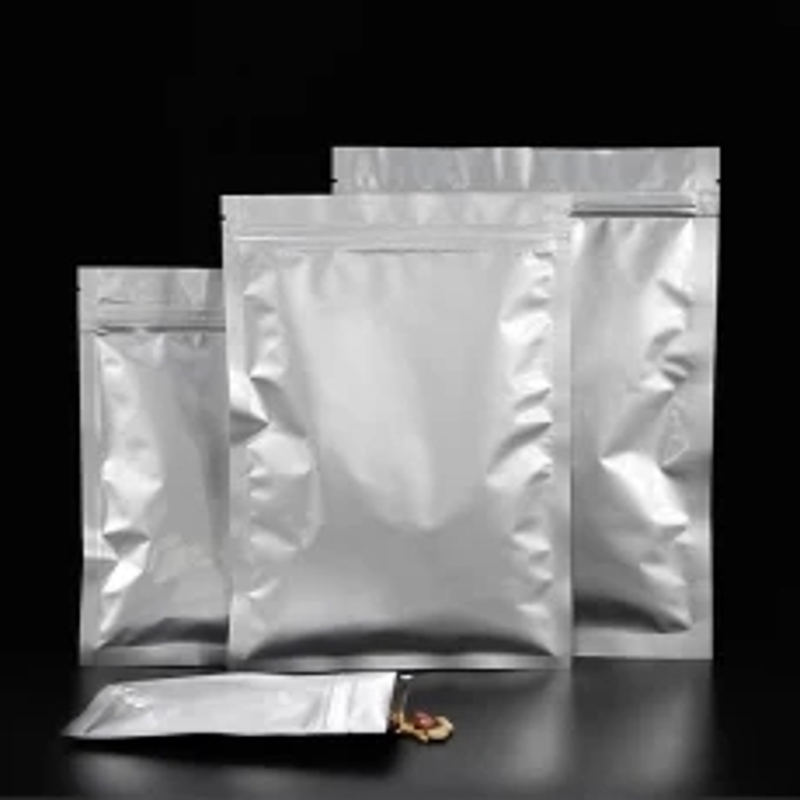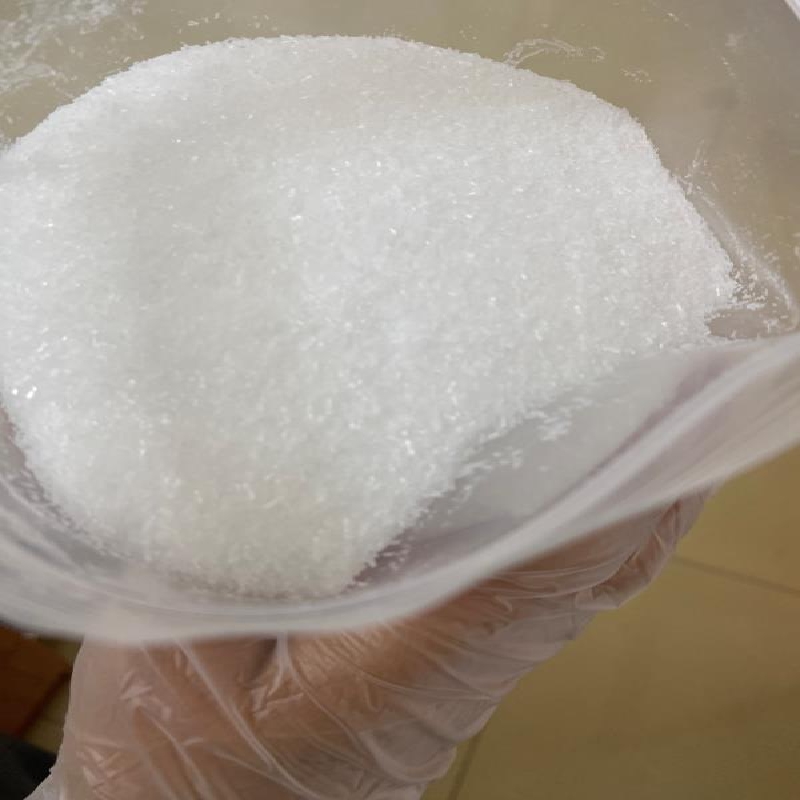-
Categories
-
Pharmaceutical Intermediates
-
Active Pharmaceutical Ingredients
-
Food Additives
- Industrial Coatings
- Agrochemicals
- Dyes and Pigments
- Surfactant
- Flavors and Fragrances
- Chemical Reagents
- Catalyst and Auxiliary
- Natural Products
- Inorganic Chemistry
-
Organic Chemistry
-
Biochemical Engineering
- Analytical Chemistry
-
Cosmetic Ingredient
- Water Treatment Chemical
-
Pharmaceutical Intermediates
Promotion
ECHEMI Mall
Wholesale
Weekly Price
Exhibition
News
-
Trade Service
The treatment of central nervous system injury, including spinal cord injury (SCI), which leads to irreversible loss of central nervous system tissue, has always been a major scientific problem
in the field of neuroscience and regeneration.
Patients with severe spinal cord injury develop lower limb paralysis, which brings a heavy economic burden
to patients, families and society.
Studies have found that transplantation of different types of nerve cells can improve the motor function of SCI mice to varying degrees, which indicates that nerve cell transplantation has great application potential
in the treatment of spinal cord injury.
Induced pluripotent stem cells (iPSCs)-derived 2D nerve cell transplantation can avoid immune rejection, but there are problems such as
the risk of tumorigenesis, complex directional differentiation operations, and random spread after transplantation.
The spinal cord is a highly specialized neural tissue with a diverse and strict spatial distribution of nerve cells, which perform fine nerve signaling and processing functions
.
Currently, induction of spinal cord tissue with fine structures, whether in vitro or in vivo, is a huge challenge
.
In recent years, direct reprogramming of endogenous glial cells into neurons has become a new strategy for damage repair in the Central Nervous System (CNS), which promotes neuronal regeneration without cell transplantation and avoids immune rejection
.
Previous studies have shown that by regulating gene expression or using small molecule drugs, mouse and human astrocytes can be reprogrammed into different types of neurons
in vitro and in vivo.
However, these induced neurons do not have the capacity to
proliferate and neuroorganogenesis.
Therefore, the direct regeneration of 3D brain and spinal organoids with fine structure using central nervous system cells will provide greater application potential
for central nervous system tissue damage repair.
On November 24, 2022, Shao Zhicheng's team from the Institute of Brain Science Translational Research of Fudan University published a report entitled "Generation of neural organoids for spinal-cord regeneration via the direct reprogramming of human astrocytes" in the journal Nature Biomedical Egineering Research papers
.
The study found that human astrocytes can be directly reprogrammed into early neuroectoderm cells, and the reprogrammed cells not only self-assemble to form cortical organoids, but also can be directed to induce specific spinal cord organoids with dorsal-ventral spatial structure under the activation of specific spinal cord development signals, transplant the spinal cord organoids into a complete spinal cord injury (SCI) mouse model, and find that they survive, differentiate into spinal nerve cells and form synaptic connections with host neurons
。
This study is the first to directly use somatic cell regeneration 3D neural tissue to repair central nervous system damage, laying a solid foundation for future research on endogenous glial cells to promote neural tissue and organ regeneration, and accelerating basic and clinical translational research
on central nervous system regeneration.
1.
Human astrocytes regenerate cortical organoids
In this research project, Shao Zhicheng's team systematically carried out the study of astrocytes reprogramming neural organoids at different developmental stages, that is, normal astrocytes isolated from human developmental astrocytes and glioma patients (Figure 1).
。 On the basis of overexpression of transcription factor OCT4 and inhibition of p53 gene expression, the screening of small molecule compounds was first performed on human astrocytes, and it was first found that the small molecule compound combination CHIR99021, SB431542, RepSox and Y27632 could efficiently reprogram them directly into neuroectodermal cells (Figure 1a
).
。 The reprogrammed neuroectoderm cells are cultured in suspension and self-assemble to form cortical organoids (Figure 1b), which have a typical ventricular zone structure and can mature and differentiate into subventricular zone neurons (Figure 2a
).
Electrophysiological functional analysis showed that cortical organoid neurons had typical electrophysiological activity characteristics
.
Fig.
1 Human astrocytes reprogram regenerate neural organoids
2.
Human astrocytes can be directed to induction into spinal cord organoids
So can human astrocytes be induced into spinal cord organoids? The team further found that by precisely regulating spinal cord-specific induction signals (such as SHH, BMP4, bFGF and RA), reprogrammed neuroectoderm cells can be directed to be induced into spinal cord organoids with dorsal structures (Figure 1c).
Immunostaining and single-cell sequencing analysis found that spinal cord organoids contained abundant nerve cell taxa such as motor neurons, GABAergic interneurons, and glutamatergic excitatory neurons (Figure 2b); Electrophysiology and microelectrode array analysis showed that spinal cord organoids had mature electrophysiological activity
.
Fig.
2 Regenerative cortical organoids and spinal cord organoids
3.
Spinal cord organoid transplantation: synaptic junctions occur
Finally, the team continued to transplant human astrocytes-derived spinal cord organoids into the immunodeficiency mouse model (NOD/SCID) lesion area with complete resection of spinal cord segment tissue (T9-T10), and found that spinal cord organoids could not only survive in the lesion area and maintain the characteristics of spinal cord organoid cells, but also migrate to the normal spinal cord tissue of mice to establish synaptic connections
with host neurons.
To some extent, this plays a role in connecting the nerves of the ascending and descending spinal cord, which is well improved for the symptoms of descending spinal cord atrophy (Figure 3).
Fig.
3 Spinal cord organoid transplantation for spinal cord injury
In summary, this study pioneered the method of direct reprogramming of human astrocytes into neural organoids, and initiated a new strategy for direct regeneration of neural tissue by glial cells for the first time, providing the possibility
for future damage repair of central nervous system tissue.
In the future, the use of endogenous glial cells to directly regenerate central nervous system tissue in specific regions to intervene in brain diseases will have important application prospects
.
Xu Jinhong and Fang Shi from Shao Zhicheng's laboratory at the Institute of Brain Science Translational Research of Fudan University are co-first authors
of the paper.
Professor Shu Yousheng and laboratory members Deng Suixin, Professor Sangmi Chung of New York Medical School, Professor Shao Zhicheng, other laboratory members Li Huijuan and Huang Yongheng, and neurosurgeon Lin Xiaoning of Zhongshan Hospital affiliated to Xiamen University also made important contributions
to the study.
Professor Shao Zhicheng is the corresponding author
of this research paper.
The research was strongly supported
by the Science and Technology Innovation 2030-"Brain Science and Brain-like Research" major project of the Ministry of Science and Technology, the National Natural Science Foundation of China, the Shanghai Municipal Natural Science Foundation, the Frontier Center of Brain Science of the Ministry of Education of Fudan University and relevant scientific research funds of Xiamen University.
Paper Link:







